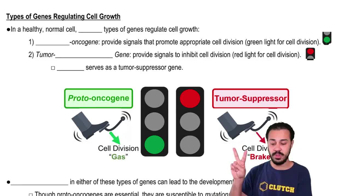Textbook Question
Which structural level of a protein would be least affected by a disruption in hydrogen bonding?a. primary structureb. secondary structurec. tertiary structured. quaternary structure
2639
views
 Verified step by step guidance
Verified step by step guidance Verified video answer for a similar problem:
Verified video answer for a similar problem:

